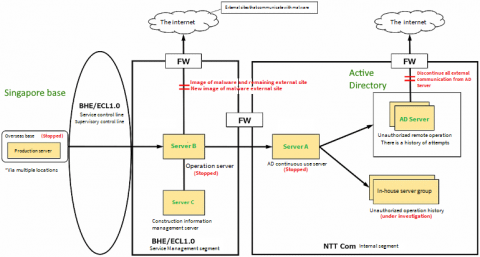Magecart Strike Gold in their Latest Attack on JM Bullion
Our sources state that there has been a 20% increase in web-skimming attacks since the outbreak of the COVID-19 virus. Recently, we have witnessed some high-profile Magecart attacks including Boom! Mobile, Wisepay, PlayBack Now, and the most recent JM Bullion data breach.











